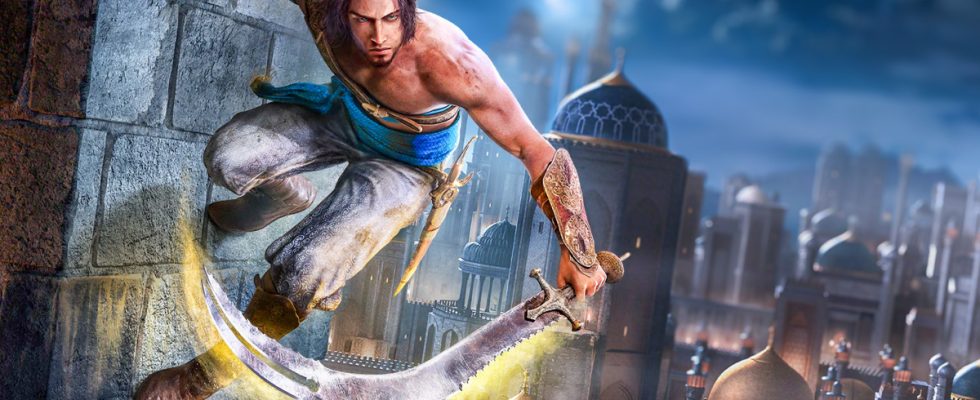More mature students remember: In the 1980s, computer games usually looked very simple and had to make do with more functional graphics. Accordingly, it is difficult to compare it with today’s top titles such as Spider-Man 2 or Baldur’s Gate 3 and their ostentatious atmosphere.
There were exceptions, such as the space classic Elite (1984), which sent players through an entire universe full of planets four decades ago. Defender of the Crown, on the other hand, took us back to the Middle Ages in 1986 with its forbidden beautiful graphics and cinematic music.
And then there was this little fighting game called Karateka (1984) by US game designer Jordan Mechner, in which the hero fought from picture to picture and saved a princess at the end.
The game was best known for its advanced animations and groundbreaking cutscenes that told the story in an unusually coherent way.
Despite the game’s success, it took Mechner an impressive five years to complete his next work: Prince of Persia (1989). Once again the game shined with fantastic animations that seemed more real than anything before.
The protagonist’s movements were celebrated as a milestone because, just like in the case of Karateka, they were created thanks to rotoscoping technology. To do this, Mechner filmed a real person demonstrating all the movements and copied the resulting images pixel by pixel.
I was also very impressed by the old Prince of Persia at the time! So much so that to this day I still count it among my ten absolute favorite games. What caught me the most were the time-critical challenges, for example when I had to dash across a course at high speed, jump over one abyss after another and squeeze through a closing door at the last moment.
The two successors, however, failed to convince me. Prince of Persia 2 (1993) was colorful and varied, but the sword fights were too difficult and too dominant for me. Prince of Persia 3D, released in 1999, was disappointing due to square polygon graphics and weak controls that made the prince very sedate.
So I had already finished the series and didn’t think there would be anything of significance to come – until Prince of Persia: The Sands of Time suddenly appeared on the scene in 2003.
I ruefully admit: When Ubisoft announced the game, I was very skeptical. Another Prince of Persia in 3D? Without Jordan Mechner’s involvement? And with Ubisoft Montreal also from a developer who had never dealt with games of this type? That can’t be fun!
Well, ultimately the final product became my personal favorite of 2003. I’m all the more excited to see how this classic fares in the replay round.
Microsoft fans have an advantage
Playing Prince of Persia: The Sands of Time today the way you were used to back then is not that easy. My first impulse was to go for the PC version, which you can easily buy on digital distribution platforms such as Steam or Uplay.
However, it’s a problem for me: On the one hand, I have to rely on a full-screen mode in 4:3 format, which simply doesn’t look good on my 55-inch flat-screen TV. On the other hand, my Xbox pad is not recognized and I would either have to use the keyboard or install an additional program with which I can manually set the button assignments on the controller. All of this is too complicated for me.
Luckily, a completely different solution comes to mind. In my collection there is a copy of The Sands of Time for the old Xbox, which in turn is compatible with the Xbox Series X. More specifically, it automatically downloads an optimized version as soon as I insert the original disc into the drive.

